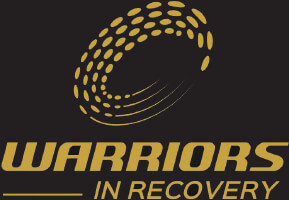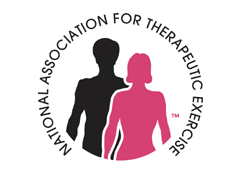OK, there are different of types of prolotherapy injections. To date, I’ve have had the Dextrose (sugar water) in a couple of areas (with great success after a few injections) and am now getting PRP for a tear in my Glute Medius that never healed properly.
PRP, otherwise know as Platelet-Rich Plasma, has been written about as many famous athletes such as Tiger Woods, Rafael Nadal, Steph Curry and several others have received PRP for various problems such as sprained ankles and chronic tendon injuries. These types of conditions had previously been treated with medication, physical therapy or even surgery. Many athletes credit PRP with their being able to return to competition much sooner.
You ask why? It’s because platelet activation plays a key role in the process of wound and soft tissue healing. The use of platelet-rich plasma (PRP) is a portion of the patient’s own blood having a platelet concentration above baseline. It can be 5 to 10 times greater or even richer. Since platelets contain hundreds of proteins called “growth factors” the concept is that PRP promotes faster healing of injured tendons, ligaments, muscles, and joints as well as can be applied to various musculoskeletal problems.
PRP injections are prepared from one to a few tubes of the patient’s own blood with strict aseptic technique. After being centrifuged, the activated platelets are injected into the abnormal tissue, releasing growth factors that recruit and increase the proliferation of reparative cells. Ultrasound imaging may or may not be used to guide the injection. Dr. Fullerton used a sonogram on me for mine (which you’ll see soon).
Several clinical studies have demonstrated that PRP injections have improved function and decreased pain to various maladies, including – but not limited to – elbow, wrist, shoulder, hip, knee, and ankle tendonosis. Early work is also showing promise for osteoarthritis.
Side effects of PRP injections are very limited as the patient is utilizing their own blood, which they should have no reaction to. Some relative rest is needed immediately following the procedure, then usually followed by a progressive stretching and strengthening program.
As you witnessed in my first blog entry, I video documented my blood draw. They ended up taking 120cc’s of my blood this day to net 10cc’s of PRP for my Prolotherapy. The platelets are separated from other blood cells and their concentration is increased during a process called centrifugation. Then the increased concentration of platelets is combined with the remaining plasma.
My blood was separated twice. First time is to separate the red blood cells from the plasma. Second time, the plasma is put in the centrifuge to get a higher concentration of platelets. Below is a video of my blood draw going into the Centrifuge…very cool!
Please excuse my video editing here…I’m bound to get the hang of this iMovie thing soon!
[wpvideo qZNEIDc4]







